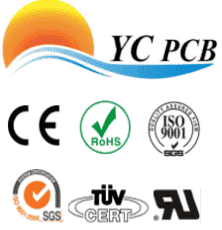How to Achieve Product Function Improvement Through Precise PCB Design?
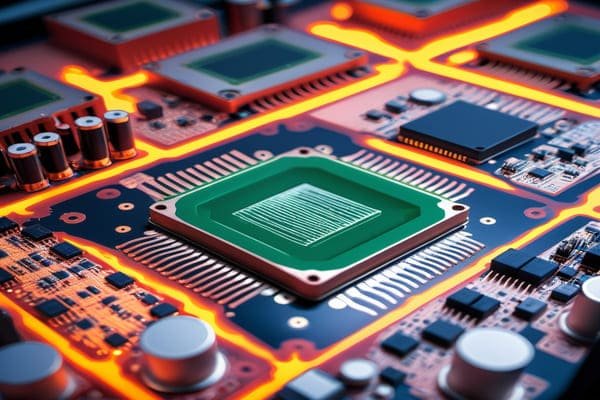
Have you ever experienced your electronic product underperforming despite using high-quality components? It can be frustrating when your product doesn't meet the desired performance levels, leading to customer dissatisfaction and increased costs. Often, the root cause lies not in the components themselves but in the design of the PCB. Poor PCB design can hinder signal integrity, increase noise, and reduce overall efficiency. But there's a solution. By focusing on precise PCB design, you can significantly enhance your product's functionality and performance, especially in high-frequency and high-density complex projects.
Precise PCB design is crucial for improving product functionality and achieving higher performance in complex electronic applications.
Achieving higher performance through precise PCB design involves meticulous planning, advanced design techniques, and adherence to best practices. Let’s explore how precise PCB design can lead to significant product function improvements and ensure your projects meet the highest standards of performance.
[Table of contents]
- How Does Precise PCB Design Enhance Signal Integrity?
- In What Ways Can PCB Layout Optimization Improve Performance?
- Why Is Thermal Management Important in High-Density PCB Designs?
- What Role Do Advanced Materials Play in Precise PCB Design?
- Conclusion
How Does Precise PCB Design Enhance Signal Integrity?
Precise PCB design is fundamental to maintaining signal integrity, ensuring that data transmission is clear and reliable without interference or loss.
Enhancing signal integrity through precise PCB design minimizes noise and signal loss, leading to more reliable and efficient electronic products.
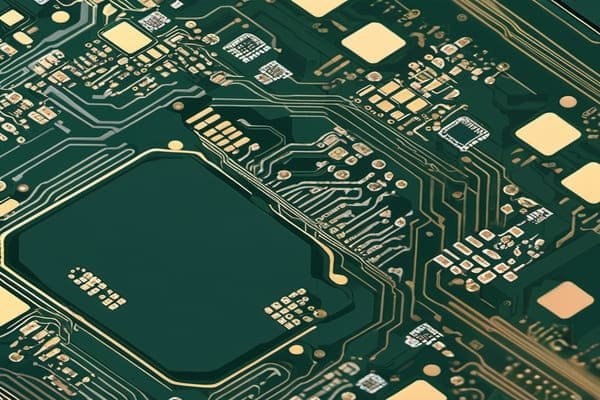
Importance of Signal Integrity
Minimizing Crosstalk
Crosstalk occurs when signal pathways interfere with each other, causing data corruption and reduced performance.
Reducing Signal Reflection
Signal reflection can lead to signal degradation, especially in high-frequency applications, affecting the overall functionality of the device.
Controlling Impedance
Maintaining consistent impedance across PCB traces ensures that signals propagate correctly without distortion.
Dive Deeper
Trace Routing Techniques
Proper trace routing techniques, such as maintaining adequate spacing between traces and using differential pairs, are essential for preserving signal integrity.
Use of Ground Planes
Implementing ground planes helps in reducing electromagnetic interference (EMI) and provides a stable reference for signal traces.
Termination Methods
Applying appropriate termination methods can prevent signal reflections and ensure clean signal transitions.
| Signal Integrity Aspect | Improvement Strategy |
|---|---|
| Crosstalk | Increase spacing between high-speed traces |
| Signal Reflection | Use proper termination techniques |
| Impedance Control | Design traces with consistent impedance |
In What Ways Can PCB Layout Optimization Improve Performance?
Optimizing the PCB layout is key to enhancing the overall performance of electronic products by ensuring efficient component placement and trace routing.
Optimizing PCB layout leads to reduced signal delays, better power distribution, and improved overall system performance.
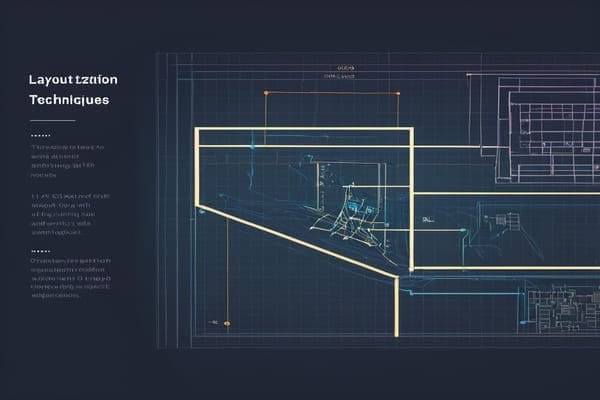
Key Layout Optimization Techniques
Component Placement
Strategic placement of components minimizes trace lengths and reduces signal latency, enhancing performance.
Trace Routing
Efficient trace routing reduces signal path interference and improves data transmission speeds.
Power Distribution Network (PDN) Design
A well-designed PDN ensures stable power supply to all components, preventing voltage drops and ensuring consistent performance.
Dive Deeper
Minimizing Trace Lengths
Shorter trace lengths reduce the time it takes for signals to travel, decreasing latency and improving speed.
Layer Stack-Up Design
Designing an optimal layer stack-up can enhance signal routing efficiency and reduce electromagnetic interference.
Via Management
Proper management of vias ensures that signal paths remain uninterrupted and reduces the risk of signal degradation.
| Layout Optimization Area | Performance Improvement |
|---|---|
| Component Placement | Reduces signal latency and improves speed |
| Trace Routing | Enhances data transmission efficiency |
| PDN Design | Ensures stable power supply and performance |
Why Is Thermal Management Important in High-Density PCB Designs?
Effective thermal management is crucial in high-density PCB designs to prevent overheating, which can compromise performance and reliability.
Proper thermal management in PCB design ensures that heat is efficiently dissipated, maintaining optimal operating temperatures and extending the lifespan of components.
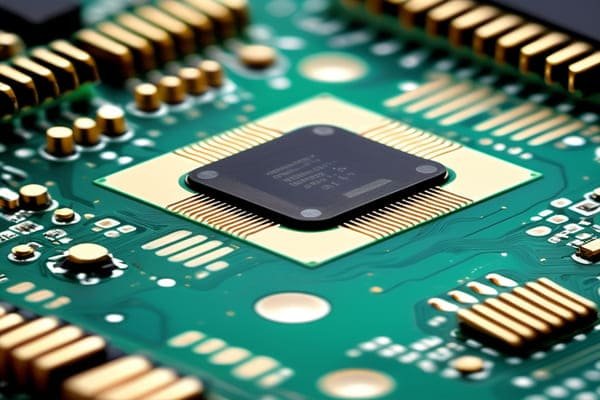
Thermal Management Strategies
Heat Sinks and Thermal Vias
Using heat sinks and thermal vias helps in transferring and dissipating heat away from critical components.
Component Spacing
Adequate spacing between high-power components reduces heat buildup and allows for better airflow.
Thermal Interface Materials (TIM)
TIMs improve heat transfer between components and heat dissipation solutions, enhancing overall thermal performance.
Dive Deeper
Design for Thermal Efficiency
Incorporating thermal considerations early in the PCB design process ensures that thermal issues are addressed proactively.
Use of Thermal Simulation Tools
Thermal simulation tools allow designers to predict and mitigate potential overheating issues before manufacturing.
Selecting Appropriate Materials
Choosing materials with high thermal conductivity can significantly improve heat dissipation and thermal management.
| Thermal Management Technique | Benefit |
|---|---|
| Heat Sinks and Thermal Vias | Efficient heat transfer and dissipation |
| Component Spacing | Reduces heat buildup and improves airflow |
| Thermal Interface Materials | Enhances heat transfer between components |
What Role Do Advanced Materials Play in Precise PCB Design?
Advanced materials are integral to achieving higher performance and reliability in PCB designs, especially for high-frequency and high-density applications.
Incorporating advanced materials in PCB design enhances electrical performance, thermal management, and overall durability of the product.
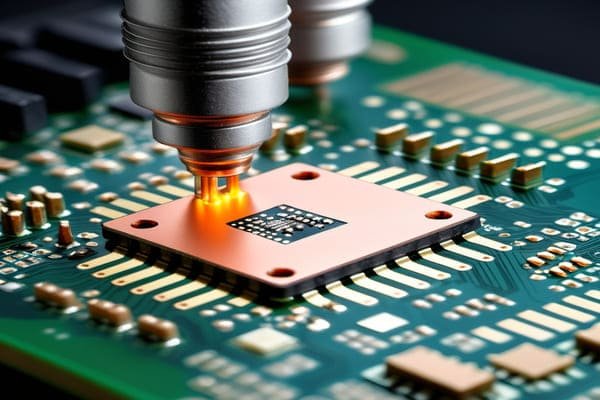
Benefits of Advanced PCB Materials
High-Frequency Performance
Materials with low dielectric loss are essential for maintaining signal integrity in high-frequency applications.
Enhanced Durability
Advanced materials provide better resistance to environmental factors, extending the lifespan of PCBs.
Improved Thermal Properties
Materials with superior thermal conductivity help in effective heat dissipation, preventing overheating.
Dive Deeper
FR-4 Alternatives
Exploring alternatives to traditional FR-4 materials, such as Rogers or Teflon-based substrates, can offer better performance for specific applications.
Multilayer PCBs
Using multilayer PCBs with advanced materials allows for more complex and high-density designs without compromising performance.
Flexible PCB Materials
Flexible materials enable the creation of PCBs that can bend and conform to various shapes, enhancing design flexibility and application scope.
| Advanced Material Type | Performance Enhancement |
|---|---|
| High-Frequency Substrates | Maintains signal integrity in high-speed applications |
| Thermally Conductive Materials | Improves heat dissipation and thermal management |
| Flexible Materials | Increases design flexibility and application versatility |
Conclusion
Achieving product function improvement through precise PCB design is essential for developing high-performance electronic products, especially in high-frequency and high-density complex projects. By enhancing signal integrity, optimizing PCB layout, implementing effective thermal management, and utilizing advanced materials, you can significantly elevate the performance and reliability of your products. Precise PCB design not only ensures that your products meet the required specifications but also positions your business at the forefront of technological innovation. Embrace these design strategies to drive your products toward greater efficiency, durability, and success in the competitive electronics market.


